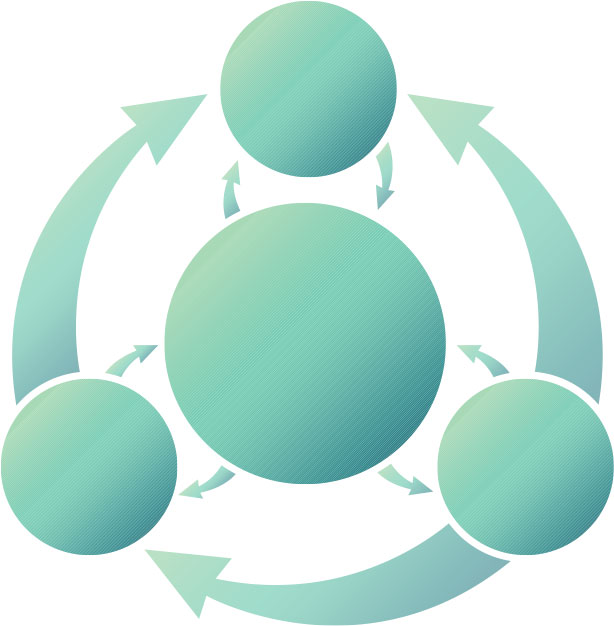Ad agencies might try to sell us on “all-natural whole grain goodness,” “natural homeopathic remedies,” or “non-toxic, all-natural household cleansers” — but what does natural really mean? In everyday language, the word natural is often used to describe goods that are wholesome or not made by humans, but in the language of science, natural has a much broader meaning. Within science, the term natural refers to any element of the physical universe — whether made by humans or not. This includes matter, the forces that act on matter, energy, the constituents of the biological world, humans, human society, and the products of that society. So even though we might not think of them as “natural” (in the everyday sense of the word), science can study things like the human smile, human decision-making, artificial sweetener, and learning algorithms for robots because they are part of the physical universe around us.

In practice, what’s natural is often identified by testability. Natural things behave in predictable ways — though we may not yet fully understand them — which have observable outcomes. This predictability means that we can test hypotheses about natural entities by making observations. Ghosts, for example, are supernatural entities without a basis in the physical universe and so are not subject to the laws of that universe. Hence, ghosts are outside the purview of science, and we cannot study their existence (or lack thereof) with the tools of science. If, however, we hypothesize ghosts to be natural entities, made up of matter and energy and bound by the laws of the universe, then we can study them with the tools of science — and must accept the outcome if the tests we perform suggest that ghosts do not exist as natural entities.
To learn even more about the idea of “naturalness” in science, check out these advanced side trips:
- Why do we make such a big deal about science studying only the natural world? Find out in Natural matters.
- Some topics seem to straddle the line between the natural and the supernatural — like ESP. Is it “natural?” Find out in ESP: What can science say?
- Acupuncture is often billed as “alternative” medicine. Does that mean that it’s not scientific? Find out in A pointed question: Can science study acupuncture?
